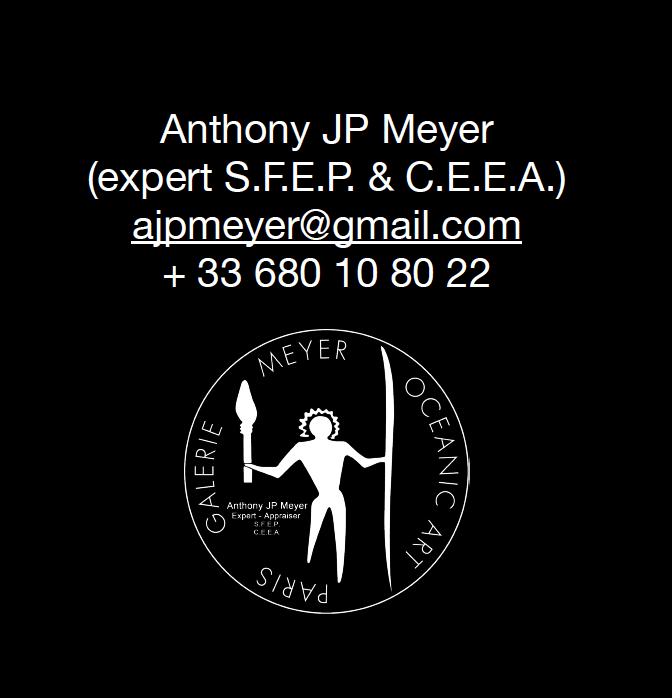




La galerie Dodier, créée par Philippe Dodier en mars 1961 n’a cessé de présenter des objets d’art issus de cultures oubliées.
Arts premiers de l’Afrique, des Amériques, de l’Océanie ou arts millénaires de l’Egypte antique, depuis plus de 60 ans la galerie Dodier offre aux collectionneurs du monde entier ces merveilleux trésors qui nous font tant rêver.
Depuis 2001, après une belle collaboration familiale, je poursuis seul cette merveilleuse aventure, en ayant gardé à l’esprit cette émotion devant les objets qui me fascinent et ce désir de toujours en vouloir plus, en savoir plus et en donner plus.
Aujourd’hui je vous propose, dans cet écrin magique crée par Philippe Guilhem à Megève, un dialogue avec Centeotl, le Dieu Aztèque du maïs, Psamétique, cet ouchebti de la XXVe dynastie égyptienne, le masque okuyi, portrait d’une jeune fille gabonaise, le masque gunye ge, masque de coureur de la Côte d’Ivoire et enfin ce grand masque de sarcophage égyptien au sourire énigmatique et éternel.
J’espère que ces objets, témoignages vivants de civilisations disparues vous enchanteront.
Galerie Dodier, created by Philippe Dodier in March 1961, continues to present art objects from forgotten cultures.
For more than 60 years Galerie Dodier has strived to offer collectors around the world the wonderful treasures about which we dream - the arts of Africa, the Americas, Oceania and the millennial arts of ancient Egypt. Since 2001, after a long and fruitful family collaboration, I continue this wonderful adventure alone. Never letting go of the emotion caused by the object that fascinate me and my desire to always want more, know more and give more.
Today in this magical setting created by Philippe Guilhem in Megève, I offer a dialogue with Centeotl, the Aztec God of corn, Psametic, the ouchebti of the XXVth Egyptian dynasty, the Okuyi portrait mask of a young Gabonese girl, the Gunye ge, or runner's mask from Côte d'Ivoire and finally the large Egyptian sarcophagus mask with its enigmatic and eternal smile.
It is my hope that these objects, living testimonies of vanished civilizations will enchant you.
Laurent Dodier Le Val Saint Père et Paris Décembre 202210 Bis la butte Le Val Saint Père 50300 8 rue Campagne Première, Paris 75014 + 33 6 08 22 68 15 laurentdodier@wanadoo.fr www.laurentdodier.com Membre du Syndicat National des Antiquaires Membre du Syndicat Français des Experts Professionnels en Œuvres d’Art et Objets de Collection
Les oeuvres sont a vendre - veuillez contacter les galeries pour plus de renseignements
The works of art are for sale - please contact the galleries for more information
Je suis ravi de présenter un ensemble d’œuvres d’art premier, lors de l’inauguration du nouvel espace du Maître joaillier Philippe Guilhem, à Megève. Ses pierres précieuses et formes en bronze brut des bijoux de la collection Mashandy, résonnent cette fois-ci avec mes oeuvres d’art majeures de l’Océanie et de l’Arctique.
L’actuelle « Galerie Meyer - Oceanic Art » fête ses 42 ans d'antiquités et d'art tribal en 2022.
La première galerie Meyer a été fondée par mon père à Paris (1946), puis à Los Angeles (1955). Fermée en 1970 elle a été réouverte à Paris sur la Rive Droite par ma mère en janvier 1980. Je l'ai rejoins à la fin de cette première l’année, et découvert l'Art Tribal et plus spécifiquement l'Art Océanien. Cinq ans plus tard, nous avons ouvert son emplacement actuelle au 17 rue des Beaux-Arts.
En 2010, j'ai étendu mon expertise dans l'art archaïque esquimau. Un domaine dans lequel je me suis spécialisé en privé pendant plus de trois décennies.
La sélection illustrée dans ce catalogue, s’inscrit dans ma quête de raffinement, de qualité, d’expertise jointe à la beauté ainsi qu’à la rareté.
Le sublime et le génie artistique ne connaissent aucune frontière - physique, esthétique ou intellectuelle.
I am delighted to present a set of works of primitive art, during the inauguration of the new space of Master jeweler Philippe Guilhem, in Megève. His precious stones and raw bronze forms of jewelry from the Mashandy collection resonate now with my major works of art from Oceania and the Arctic.
The current "Galerie Meyer - Oceanic Art" celebrates 42 years of Antiquities and Tribal art in 2022.
The first Galerie Meyer was founded by my father in Paris (1946), then in Los Angeles (1955). Closed in 1970 it was reopened in Paris on the Right Bank by my mother in January 1980. I joined her at the end of that first year, and discovered Tribal Art and more specifically Oceaniac Art. Five years later, we opened its current location at 17 rue des Beaux-Arts.
In 2010, I extended my expertise in archaic Eskimo art. A field in which I specialized in private for more than three decades.
The selection illustrated in this catalog is part of my quest for refinement, quality, expertise combined with beauty and rarity.
The sublime and artistic genius know no boundaries - physical, aesthetic or intellectual.
Anthony17 Rue des Beaux-Arts Paris 75006 France + 33 6 80 10 80 22 ajpmeyer@gmail.com www.meyeroceanic.art
JP
MeyerParis Décembre 2022
Membre de la Chambre Européenne des Experts d’Art Membre du Syndicat National des Antiquaires Membre du Syndicat Français des Experts Professionnels en Œuvres d’Art et Objets de Collection Membre du Comité Scientifique André Breton
Les oeuvres sont a vendre - veuillez contacter les galeries pour plus de renseignements
The works of art are for sale - please contact the galleries for more information

Un masque représentant un esprit ancestral, ou un chaman.
Ses caractéristiques réalistes sont relativement inhabituelles dans le corpus des masques esquimaux du Grand Nord, car la plupart des exemples plus récents sont assez stylisés. La face offre une expression ouverte et souriante avec une mise en forme subtile des joues, du menton et du front.
L’intérieur du masque a des marques et des traces faites avec des outils non-métalliques. Elles font penser à un crâne humain (peut-être dans le but d’afficher la dualité de la vie et de la mort). Le bord extérieur est percé de manière régulière, soit pour l’insertion de plumes, soit pour les supports de bâtons d'une structure mobile formant un cadre autour du masque. Les bords latéraux sont rasés, peut-être en raison de la direction du grain du bois provoquant une fragilité structurelle. Les dents sont sculptées dans de l’ivoire marin sous la forme réaliste des incisives humaines et soigneusement implantées dans la lèvre inférieure.
Ce masque a une couche en dispersion de dépôts épais - semblables à du sel - à l’intérieur et à l’extérieur. Le devant du masque a plusieurs perforations comme si de grands oiseaux l’avaient picoré, ce qui peut s’être produit pendant une éventuelle longue exposition du masque sur la tombe d’un chaman; comme c’est la norme.
Groupe linguistique Inupiak (Inupiaq), Point Hope, nord de l’Alaska. Cèdre jaune d’Alaska altéré par le temps et l'exposition aux éléments (Cupressus nootkatensis) et ivoire marin avec une substance épaisse granuleuse ressemblant à de la peinture et des dépôts de sel et de sable.
XVIIIe/XIXe siècle (ou antérieur).
18,5 x 12,5 x 5,8 cm.
Ex. collection : Edward J. (Doudou) & Thérèse Klejman au début des années 1960. Par la suite une collection privée française.
A rare ancient, and expressive mask representing an ancestral spirit, or a shaman.
Its realistic features are relatively unusual in the corpus of Eskimo masks of the Far North, as most of the more recent examples are quite stylized. The face offers an open and smiling expression with a subtle shaping of the cheeks, chin and forehead.
The inside of the mask shows marks and traces made with non-metallic tools. It is reminiscent of a human skull (perhaps for the purpose of displaying the duality of life and death). The outer edge is pierced regularly either for the insertion of feathers or for the stick supports for a movable structure forming a frame around the mask. The side edges are missing, perhaps due to the direction of the wood grain causing structural fragility. The teeth are carved from marine ivory in the realistic shape of human incisors and carefully implanted in the lower lip.
This mask has a dispersed layer of thick salt-like deposits inside and out. The front of the mask has several perforations as if large birds had pecked it, which may have occurred during a long exposure of the mask while possibly displayed on the grave of a shaman as it was the norm.
Inupiak (Inupiaq) language group, Point Hope, northern Alaska. Alaskan yellow cedar altered by time and exposure to the elements (Cupressus nootkatensis) and marine ivory with a thick granular substance resembling paint and salt and sand deposits.
18th/19th century or earlier.
18.5 x 12.5 x 5.8 cm.
Provenance: acquired by Edward J. (Doudou) & Thérèse Klejman in the early 1960s. Subsequently a private French collection.
Présenté par/Presented by Anthony JP Meyer
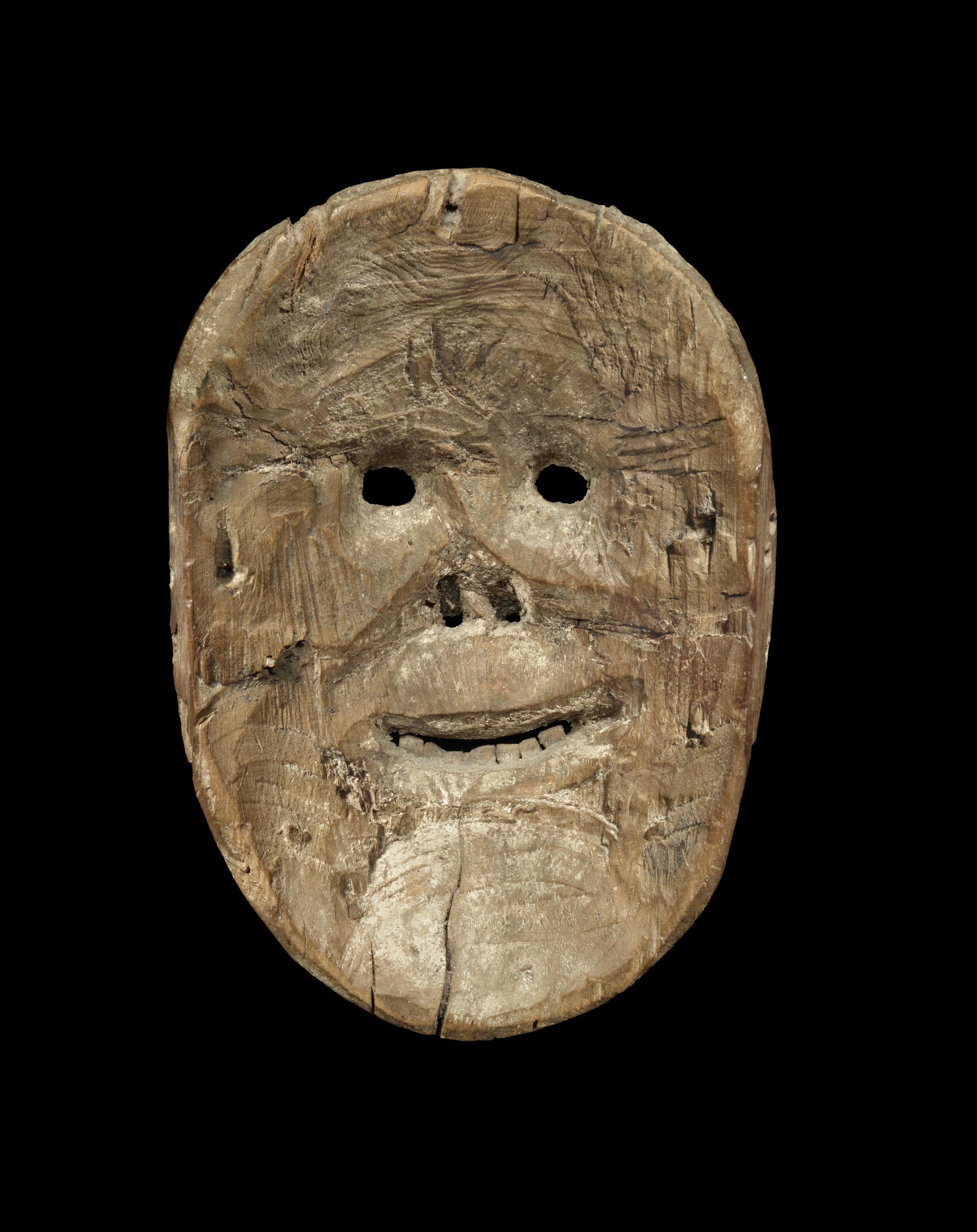
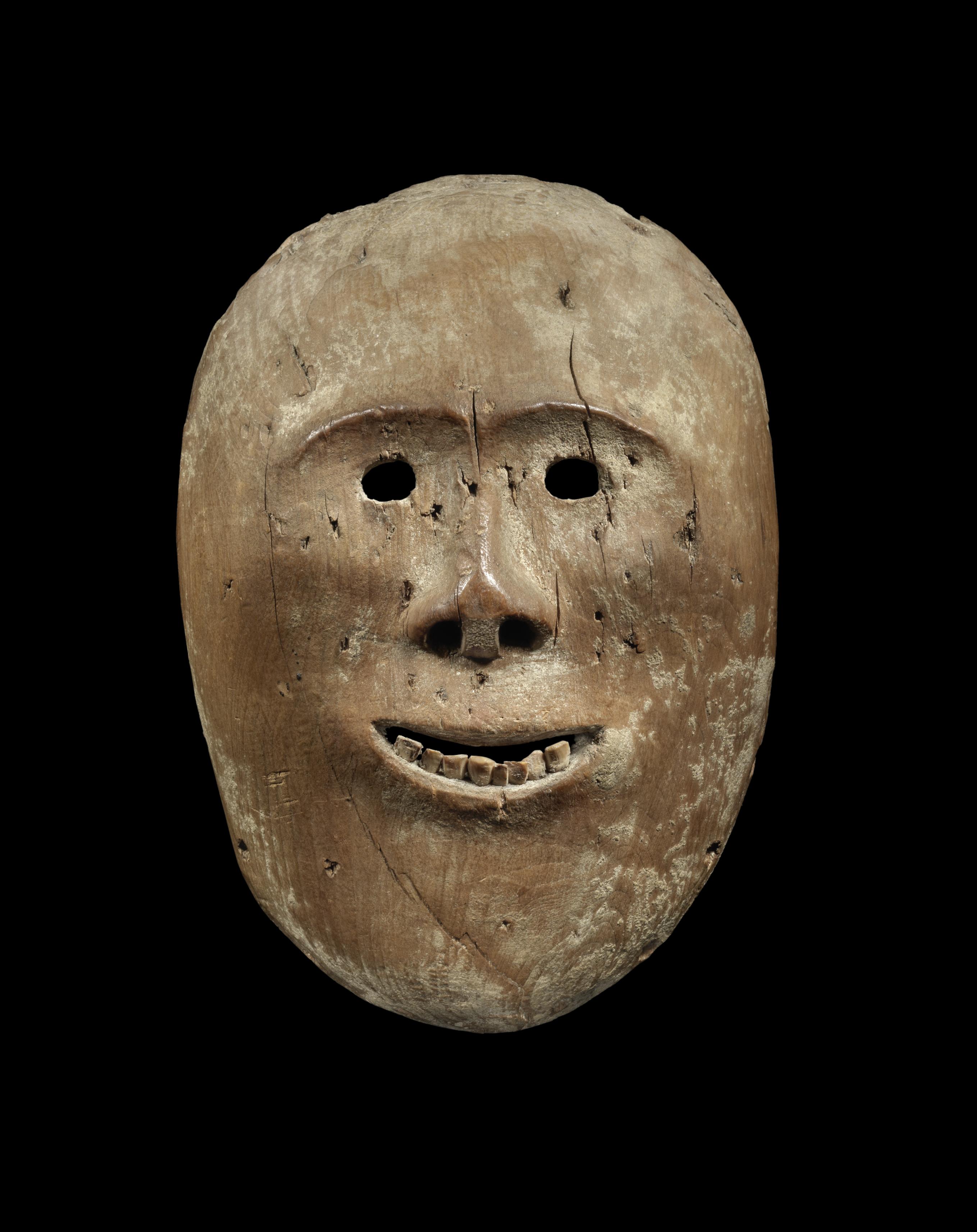
Centeotl, le Dieu du maïs, représenté agenouillé, tenant deux épis de maïs dans sa main gauche, les deux qui étaient dans sa main droite manquent. Sa bouche est ouverte et les yeux sont incrustés de nacre.
Civilisation aztèque, vallée de Mexico.
Basalte gris foncé. 1300 - 1520 après J.C. 48 cm.
Ex. collection : Galerie Le Corneur-Roudillon, 206 Boulevard St. Germain, Paris vers 1960; puis collection privée, Paris
Centeotl, the God of corn, depicted kneeling, holding two corncobs in his left hand, the two that were in his right hand are missing. His mouth is open and the eyes are encrusted with mother-of-pearl.
Aztec civilization, Valley of Mexico. dark grey Basalt. 1300 - 1520 A.D. 48 cm.
Provenance: Galerie Le Corneur-Roudillon, 206 Boulevard St. Germain, Paris circa 1960; then private collection, Paris.
Dans la mythologie aztèque, Centeotl est la divinité du maïs nourriture des dieux et des hommes. Son nom signifie littéralement « dieu du maïs » : en nahuatl, « centli-cintli » signifie maïs et « teotl » dieu. D'après la cosmogonie nahua, il naquit de l'union de Piltzintecuhtli et de Tlazolteotl. Après sa naissance, Centeotl se réfugia sous la terre. Piltzintecuhtli, son père, est le fils du jour et de la nuit et de ce fait le symbole du temps. Il sera le gardien et protecteur des enfants nés, parce qu'il est le premier a naître sur terre. Tlazolteotl, sa mère, est une déesse associée à la terre, au sexe, aux accouchements et aux mères.

Selon une histoire rapportée par le frère franciscain Bernardino de Sahagún (érudit du XVIe siècle et de la période coloniale espagnole), Centeotl a fait un voyage dans le monde souterrain et est revenu avec du coton, des patates douces, du huauzontle (chenopodium), ainsi que de la boisson enivrante à base d’agave appelée octli - ou ”pulque alcoolisée”- et les aurait offert aux humains. D’après le frère Sahagun, il y avait un temple dédié à Centeotl dans l’enceinte sacrée de Tenochtitlán capitale de l'Empire aztèque.
Centeotl in Aztec mythology is the deity of corn - food of gods and men. His name literally means "god of corn": in Nahuatl, "centli-cintli" means corn and "teotl" means god. According to Aztec cosmogony, he was born from the union of Piltzintecuhtli and Tlazolteotl. After his birth, Centeotl took refuge underground.
Piltzintecuhtli, his father is the son of day and night and therefore the symbol of time. He is the guardian and protector of all children born, because he is the first to be born on earth. Tlazolteotl, his mother, is a goddess associated with the earth, sex, childbirth and mothers.
According to a story collected by Bernardino de Sahagún, the Spanish colonial period Franciscan friar and scholar of the XVIth century, Centeotl made a journey into the underworld and returned with cotton, sweet potatoes, huauzontle (chenopodium), and the intoxicating drink made from agave called octli or pulque, all of which he gave to humans. According to Sahagun, there was a temple dedicated to Centeotl in the sacred precinct of Tenochtitlán the capital city of the Aztec empire.
Présenté par/Presented by Laurent Dodier
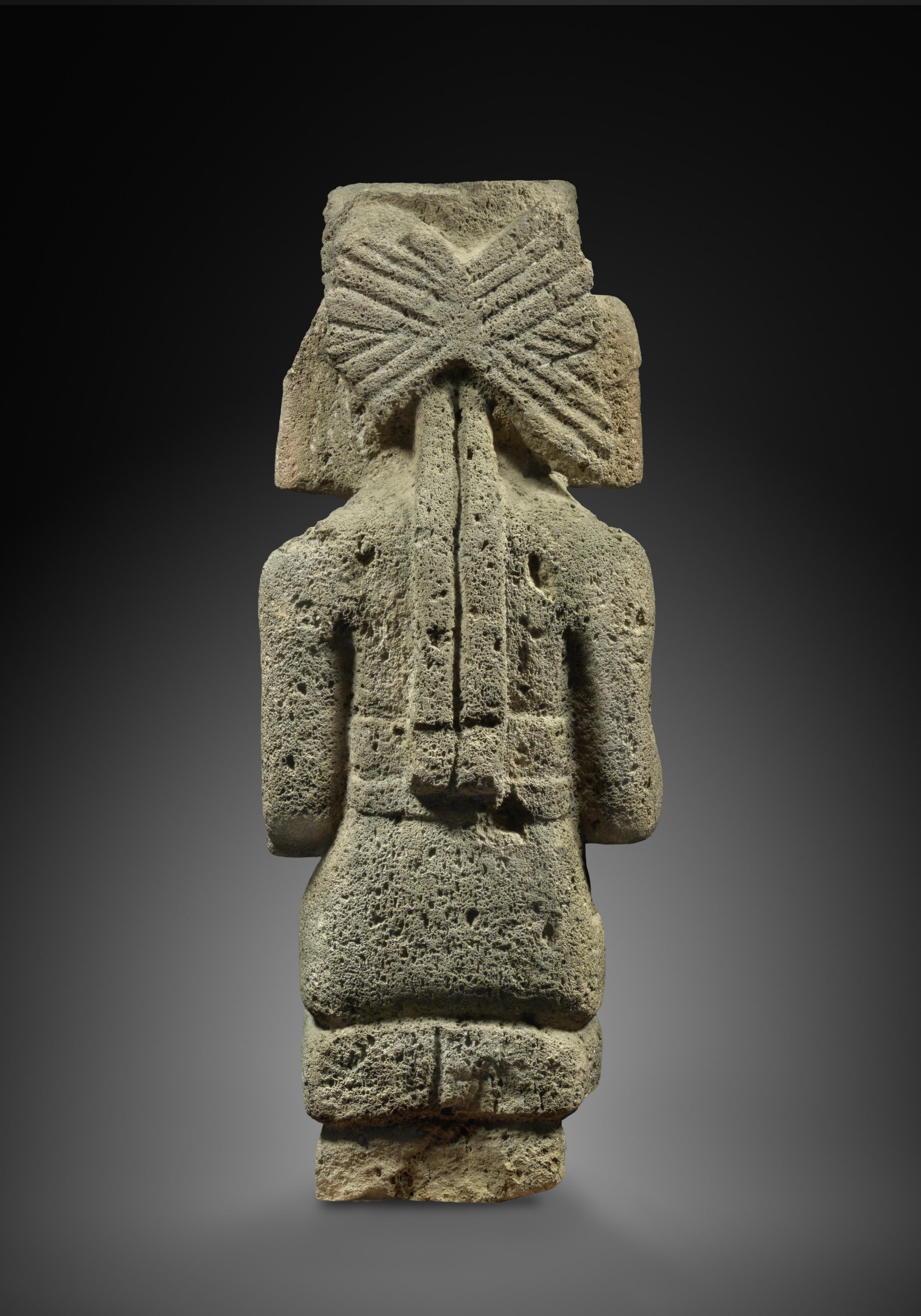


Masque représentant l’élément masculin du couple Mei. Sa face est allongée et hiératique, mais paisible. Sculptée de manière semi-réaliste avec de grands yeux ovales enfoncés sous un front arqué. Son long nez est aquilin, avec des narines finement sculptées et un septum percé. Ses oreilles sont sculptées de manière naturaliste et percées deux fois. Sa bouche ouverte arbore un sourire doux avec des lèvres en relief. De chaque côté du nez se trouvent les restes d’une scarification chéloïde, semblable à une plume (maintenant effacée). Un long élément incurvé (molot) se projette vers le bas et se cambre du philtrum jusqu’au menton où il se termine par un petit masque d’ancêtre inversé. Le pont de cette arche est magnifiquement sculpté avec une série de visages d’ancêtres stylisés liés entre eux et le sommet de la tête est décoré de trois crêtes surélevées. L’arrière du masque est évidé et le sommet est percé verticalement pour la fixation. Ses bords extérieurs sont percés des oreilles au menton pour la fixation d’une barbe en rotin et cheveux humains et de diverses autres ornementations.
Groupe linguistique Iatmul, cours moyen du Fleuve Sepik, PNG, Mélanésie. Bois (nom vernacular : yaranda) avec deux incrustations de coquille de cauris et résine et avec une très belle patine d’âge et d’utilisation. Il y a les restes d’un décor peint complexe et important. Sculpté avec des outils néolithiques. XIXe/XXe siècle (avant les années 1920). 50 x 15,5 x 8 cm.
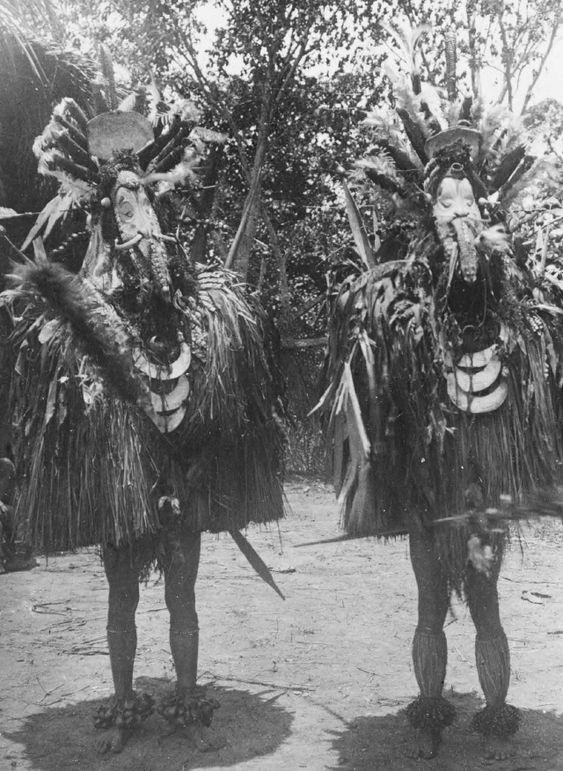
Ex. collection : Franz K. Panzenböck circa 1956/60 ; Matthias L.J. Lemaire, Amsterdam, 1961 ; Prof. Heinrich Plester*, (1929-2006), Nordrhein-Westfalen, 1962; Lempertz - tribal art 22 janv. 2013 ; Christie's - arts d'Afrique, d'Océanie et d'Amérique lot 22, 10 avr. 2018 ; Michael Hamson, inv. N° MHM-281 ; Collection de l’artiste John Dubrow, New York.
Mask representing the male element of the Mei couple.
The hieratic, yet peaceful, elongated face is semi-realistic and sculpted with large oval eyes sunken under an arching brow. Its long nose is aquiline, with finely carved nostrils and a pierced septum. The ears are carved in a naturalistic manner and pierced twice. The up-turned, open mouth sports a gentle smile with ridged lips. Rising from either side of the nose are the remains of a keloid, feather-like scarification (now worn/cut away). A curved element (molot) projects down and arches from the philtrum to rejoin the face at the chin where it terminates with a small, inverted ancestor mask. The bridge of this arch is beautifully carved with a linked series of stylized ancestor faces and the top of the head is decorated with three raised ridges.
The rear of the mask is hollowed out and the summit is pierced vertically for attachment. The outer edges of the mask are pierced from the ears to the chin for the attachment of a cane and human hair beard and various other ornamentations.
Iatmul language group, Middle Sepik River, PNG, Melanesia. Wood (a tree locally called yaranda ?) with two cowrie shell inlays and resin with a very fine patina of age and use. There are the remains of a complex and important painted decor. Carved with neolithic tools. 19th/20th century (pre-1920’s).
50 x 15,5 x 8 cm.
Provenance : Franz K. Panzenböck circa 1956/60 ; Matthias L.J. Lemaire, Amsterdam, 1961 ; Prof. Heinrich Plester*, (1929-2006), Nordrhein-Westfalen, 1962; Lempertz - tribal art 22 Jan. 2013 ; Christie's - arts d'Afrique, d'Océanie et d'Amérique lot 22, 10 avr. 2018 ; Michael Hamson, inv. N° MHM-281 ; Collection of the artist
York.
John Dubrow, New Présenté par/Presented by Anthony JP Meyer
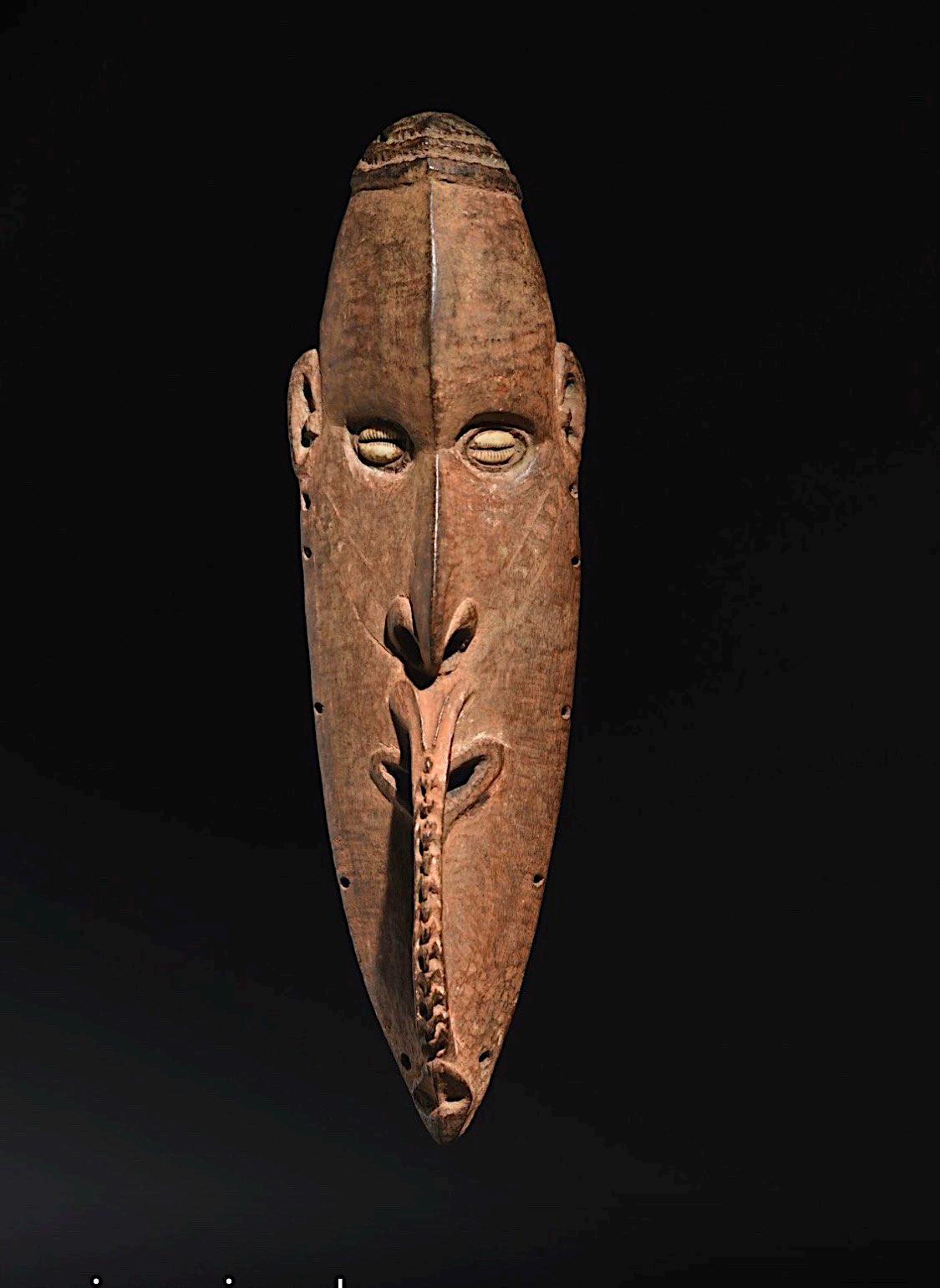
* Prof. Heinz (Heinrich) Plester (27/08/1929 - 07/05/2006).
Né et élevé à Gladbeck (une communauté au nord d’Essen), il y a également travaillé comme professeur de français, de philosophie et de la religion catholique, après avoir étudié à Paris à la fin des années 1950. C’est en face de son appartement parisien de la rue de la grande Chaussée qui se trouvait une galerie d’art africain, où son amour pour l’art tribal a commencé. Heinz Plester a collecté les arts premiers (asiatique et africain) du début des années 1960 au milieu des années 1970, puis a complété sa collection avec des peintures du 19ème siècle. Il voyageait régulièrement à Paris, appréciait la compagnie de ses marchands, et aimait acheter auprès de Madame Mengin de la galerie La Reine Margot sur le quai de Conti, Maurice Nicaud (1911-2003), Maurice Ratton (1903-1973) et Jean Roudillon (1923-2020).
En tant que collectionneur de la vieille école, il a également acheté l’art persan ancien et l’art ancien de l’Amérique du Sud. Et c’est à Amsterdam qu’il achetait une grande parti de ses objets - notamment ceux d’Océanie, auprès de Mathias Lemaire (situé au 841 Prinsengracht).
[Rédigé à partir des informations aimablement fournies par Christophe Plester et d’autres sources.]
* Prof. Heinz (Heinrich) Plester (08/27/1929 - 05/07/2006).

Born and raised in Gladbeck (due north of Essen), where he later worked as a teacher of French, philosophy, and the Catholic religion, after having studied in Paris in the late 1950s. Opposite his apartment on rue de la grande Chaumiere was a gallery for African art, where his love for Tribal art began. Heinz Plester collected primitive art (Asian and African) from the early 1960s to the mid-1970s, then completed his collection with paintings from the 19th century. He traveled regularly to Paris, enjoyed the company of his dealers, and was pleased to buy from Madame Mengin of the La Reine Margot gallery on the Quai de Conti, Maurice Nicaud (1911-2003), Maurice Ratton (1903-1973) and Jean Roudillon (1923-2020).
As an old school collector, he also purchased early Persian art and ancient art from South America. And it was in Amsterdam that he bought a large part of his objects - notably many of the Oceanic ones from Mathias Lemaire (located at 841 Prinsengracht).
[Redacted from information kindly provided by Christophe Plester and other sources.]


Figure d’ancêtre puissamment sculptée représentant peut-être une personne récemment décédée.
Cette sculpture masculine est représentée en position verticale avec les pieds pointés vers le bas. La tête allongée est percée à travers la coiffe pour permettre une suspension. La face est typique du style de la rivière Ramu avec des yeux exorbités et des pupilles concentriques de chaque côté d’un grand nez large et long avec des narines évasées. Le personnage porte une barbe dentée et a les oreilles percées.
Sa face et son corps montrent des ornements corporels rituels ou d’identification de clan, peints à l’ocre.
Fleuve Ramu, Papouasie-Nouvelle-Guinée, Mélanésie. Bois (Alstonia?), pigments. Restauration ancienne du pied gauche.
XIXe/XXe siècle.
55,5 x 14,3 x 9 cm.
Ex. collection : Ludwig Bretschneider*, Munich (1909-1987) ; Acquis par « Josef Schmidt (1920-1995) », Munich. Par descendance à travers la famille.
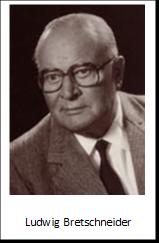
An ancestor figure - powerfully carved - possibly representing a recently deceased person.
This male sculpture is shown in a vertical position with down pointing feet. The elongated head is pierced through the coif for suspension. The face is typical of the Ramu River style with bulging eyes and concentric pupils to either side of a large, wide, and long nose with flared nostrils. The figure wears a dentate beard and has pierced ears.
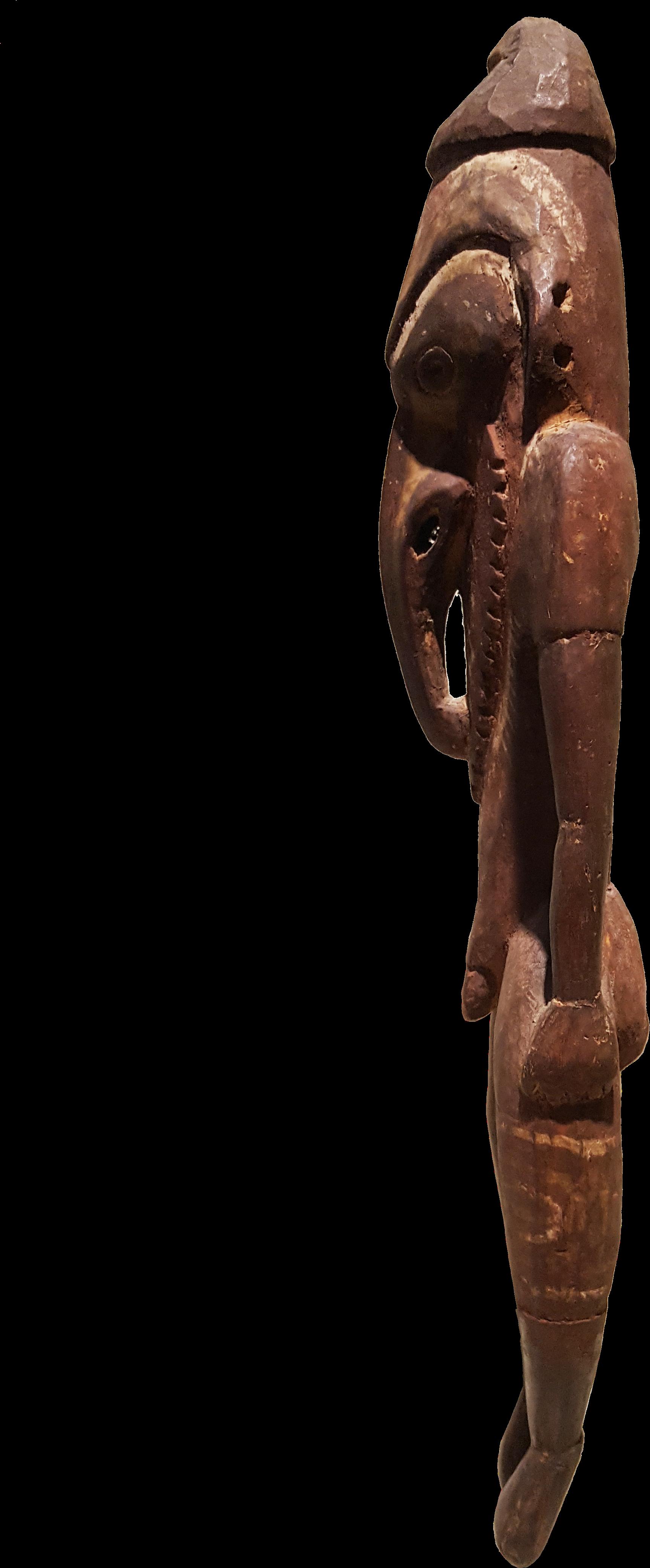
Its face and body show ritual or clan identification bodyornaments, painted with ochre.
Ramu River, Papua New Guinea, Melanesia. Wood (Alstonia ?), pigments. Early restoration to left foot. 19th/20th century.
55,5 x 14,3 x 9 cm.
Provenance : Ludwig Bretschneider*, Munich (1909-1987) ; Acquired by « Josef Schmidt (1920-1995) », Munich. By descent through the family.
*
La quasi-totalité des dépôts de néphrite (pounamu) se trouve sur l’île du Sud de la Nouvelle-Zélande.
Almost all deposits of pounamu (nephrite) are located on the South Island of New Zealand.
Un superbe Hei Tiki du type I, sous la forme d’une figure humaine stylisée avec la tête tournée vers l’épaule gauche.
Un trou de suspension bi-conique est percé sur le haut de son front. Sa grande tête ovale est détachée des épaules montrant le cou ce qui est une typologie rare. Sa face offre une grimace puissante avec le nez sculpté d’une double barre transversale et une bouche ouverte en forme de cœur montrant les canines, la langue courbée et fourchée (révélatrice de la capacité du discours politique) au-dessus d’un menton pointu. Ses yeux sont profondément sculptés avec de grands puits circulaires et des pupilles proéminentes sous des sourcils forts. Son torse est finement rendu avec la cage thoracique apparente, les épaules puissantes et les mains placées fermement sur ses cuisses arquées. Les trois doigts de chaque main sont bien détachés les uns des autres et les coudes, les genoux et les chevilles, ainsi que les orteils triples sont indiqués.
Le sexe féminin est indiqué par la présence d’une vulve bien définie sous le ventre. Ces Hei (pendentif) Tiki (image humaine), en néphrites (pounamu), étaient portés par des hommes et des femmes de haut rang, et servaient à la fois d’ornements et de symboles d’autorité. Ils étaient imprégnés de pouvoir sacré (mana) et le matériel lui-même était réservé exclusivement à la propriété par des lignées nobles. Les Hei Tiki de cette remarquable qualité sculpturale sont rares, et cet exemple doit être considéré comme l’un des plus beaux de ce type.
Maoris, Nouvelle-Zélande, Polynésie. Néphrite avec une très belle patine d’usure et d’âge. Période Te Puawaitanga (la floraison) (1500 – 1800 après JC). 10,5 cm. 120 g.
Ex. collection : Collection privée Fells Point, Baltimore, Maryland, USA.
A superb, type I, Hei Tiki in the form of a stylized human figure with the head turned towards the left shoulder.
A bi-conical suspension hole is drilled through the top of its forehead. Its large oval head is detached from the shoulders showing the neck which is a rare typology. His face offers a powerful grimace with the nose carved with the nose carved with a double crossbar and an open heart-shaped mouth showing the canines, the curved and forked tongue (indicative of the power of political speech) above a pointed chin. Her eyes are deeply sculpted with large circular wells and prominent pupils under strong eyebrows. Her torso is finely rendered with the ribcage apparent, powerful shoulders, and the hands akimbo on the strong arched thighs. The three fingers of each hand are well detached from each other and the elbows, knees and ankles, as well as the triple toes are indicated.
The female gender is indicated by the presence of a well-defined vulva under the belly. These nephrite (pounamu) Hei (pendant) Tiki (human image), were worn by men and women of high rank, and served both as ornaments and symbols of authority. They were imbued with sacred power (mana) and the material itself was reserved exclusively for ownership by noble bloodlines. Hei Tiki of this remarkable sculptural quality are rare, and this example is to be considered one of the very finest of its type.
Maori people, New Zealand, Polynesia.
Nephrite with a fine patina of wear and age.
Te Puawaitanga (the flowering) period (1500 – 1800 AD).

10,5 cm. 120 gr.
Provenance : Private collection Fells Point, Baltimore, Maryland, USA.
Présenté par/Presented by Anthony JP Meyer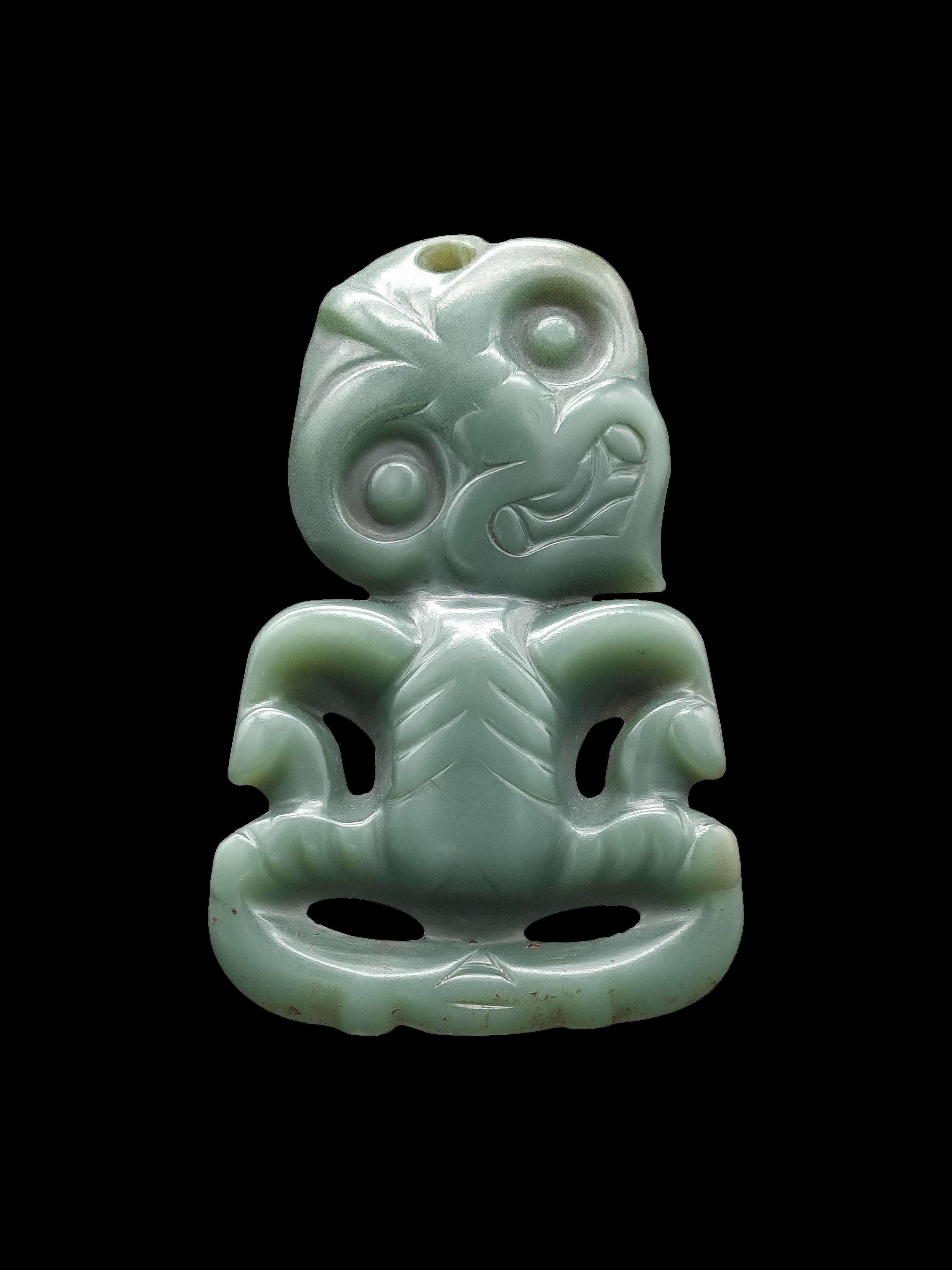
William Archer Price, vers 1909-1910
Photographie d’un Hei Tiki très similaire exposé dans un musée.
N° inv. 1/2-001919-G
Collection Price, Alexander Turnbull Library, New Zealand
William Archer Price, c. 1909-1910
Photography of a very similar Hei tiki on display at a museum. Inv. N° 1/2-001919-G
Price Collection, Alexander Turnbull Library, New Zealand

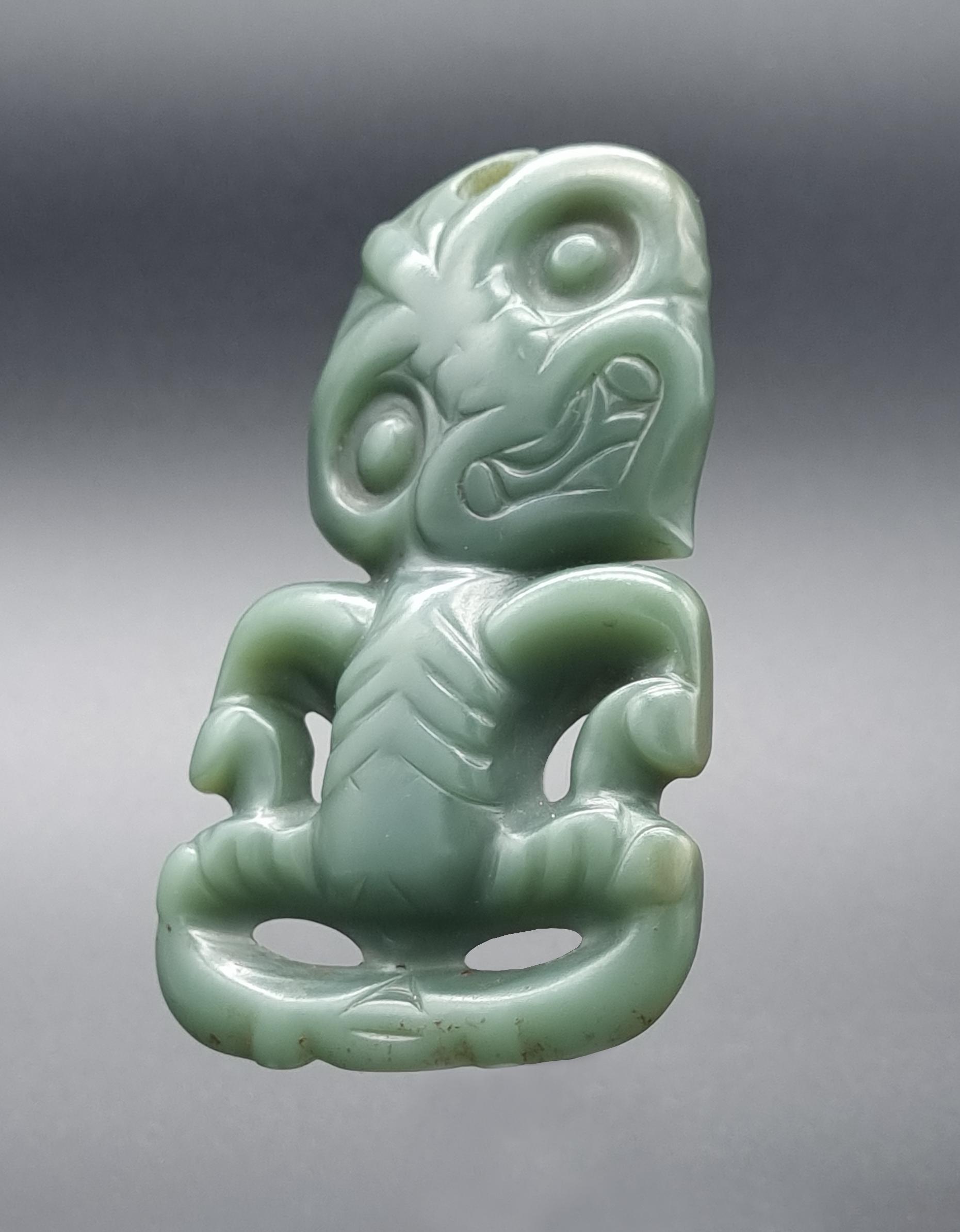

Nouvel Empire. Egypt New Kingdom Afrique Punu Dan Africa
Punu Dan
Partie supérieure d’un sarcophage représentant un homme coiffé de la perruque tripartite et portant la barbe postiche. Des yeux et sourcils en bronze étaient à l’origine incrustés.
Egypte. Nouvel Empire. Bois de cèdre avec restes d’enduit blanc. La polychromie a disparue. XXIe dynastie. 1069 / 1945 avant J.C. 53 X 40 cm.
Ex. collection : Acquis par Philippe Dodier à la Galerie à la Reine Margot, Paris, auprès de Mme Mengin en décembre 1976. Puis collection privée Maryse Dodier, Avranches.
Upper part of a sarcophagus representing a man wearing the tripartite wig and a false beard. The inlayed bronze eyes and eyebrows are missing.
Egypt. New Kingdom. Cedar wood with remnants of white plaster. The polychrome decor has disappeared. XXIth dynasty. 1069 / 1945 BC. 53 X 40 cm.
Provenance : Acquired by Philippe Dodier at the Galerie à la Reine Margot, Paris, from Mme Mengin in December 1976. Then private collection Maryse Dodier, Avranches.
 Présenté par/Presented by Laurent Dodier
Présenté par/Presented by Laurent Dodier




Ouchebti inscrit de huit lignes hiéroglyphiques qui identifient le défunt comme étant « Psamétik, qu’a mis au monde Sebarekhyt » et qui présente le chapitre 6 du Livre des Morts indiquant la fonction de cet oushebti Chapitre 6 du Livre des Morts : Formule pour faire qu’un chaouabti [oushebti] exécute les travaux pour quelqu’un dans l’empire des morts. Paroles dites par N. Qu’il dise : « Ô cet chaouabti de N., si je suis appelé, si je suis désigné pour faire tous travaux qui sont faits habituellement dans l’empire des morts, eh bien ! L’embarras t’(en) sera infligé là-bas, comme quelqu’un à sa tâche. Engage-toi à ma place à tout moment pour cultiver les champs, pour irriguer les rives, et pour transporter le sebbakh [limon fertile utilisé comme engrais] de l’Orient vers l’Occident, « Me voici ! », diras-tu. » D’après Barguet (P.), Le livre des Morts des anciens égyptiens, Éditions du CERF, Mesnil-sur-l’Estrée, 1967, p. 42.
Dans l’Ancienne Égypte, le défunt, après une série d’épreuves, pouvait atteindre le monde des morts. Ce dernier est décrit dans les textes funéraires comme une contrée fertile dans laquelle le mort disposait de tout ce qui lui était nécessaire pour poursuivre la vie qu’il menait sur terre. Toutefois, il devait en contrepartie assurer de lourdes corvées pour entretenir cette terre. C’est alors qu’entraient en scène les oushebtis qui avaient pour mission d’accomplir ces tâches à la place du défunt.
Les oushebtis, aussi nommés chabtis ou chaouabtis, sont des statuettes d’aspect momiform représentant un défunt ou un vivant. Produites dès le Moyen Empire (2045-1700 av. J.-C.) et jusqu’à la fin de l’Antiquité égyptienne, elles exerçaient la fonction de père divin. D’aspect momiforme, elle porte la perruque tripartite et tient dans ses mains les outils nécessaires aux corvées qui lui incombent: des houes et une corde retenant un sac porté sur le dos (des instruments aratoires).
Egypte.
Céramique émaillée bleue (faïence égyptienne). Cette sculpture est appuyée contre un pilier dorsal. Fin XXVIe dynastie ou début XXVIIe dynastie. Vers 525 avant J.C. 18,7 cm.
Ex. collection : Acquis par Philippe Dodier sur le marché parisien avant 1970. Puis collection privée Maryse Dodier, Avranches. Acquis par la galerie Laurent Dodier de cette dernière le 30 avril 2015. Etiquette Galerie Dodier N° 115.
• J.Yoyotte, G. Pozener, S.Sauneron, Dictionnaire de la civilisation égyptienne. Paris 1959.
• J. Yoyotte, la sépulture du père divin Psamétik fils de Sbarekhy, BSFE n°60, février, 1971, page 17 à 27.
• L. et J. Aubert. Les statuettes Egyptiennes Chaouaptis et Ouchebtis, Paris 1974, page 230 et 235.
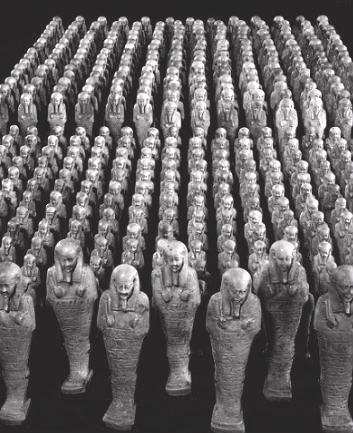
• O. Perdu, E. Rickal, la collection égyptienne du musée de Picardie, Paris 1994, page 91 n°cat. 155.
• Musée Borély, Marseille: quatre ouchebtis.
• Musée de Grenoble Inv. : MG 3574, Rapporté d'Egypte en 1842 par Louis de Saint-Ferriol.
Présenté par/Presented by Laurent Dodier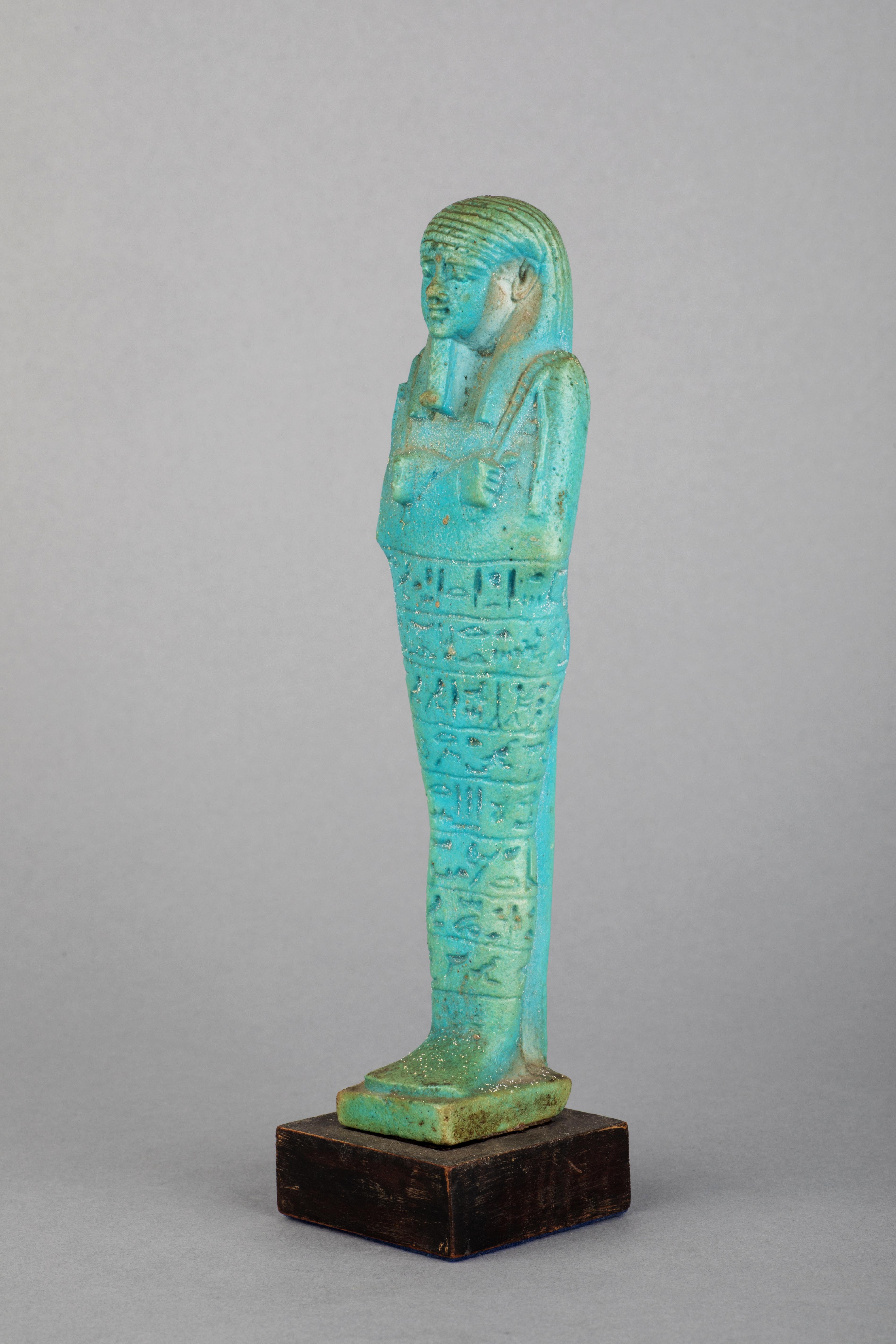
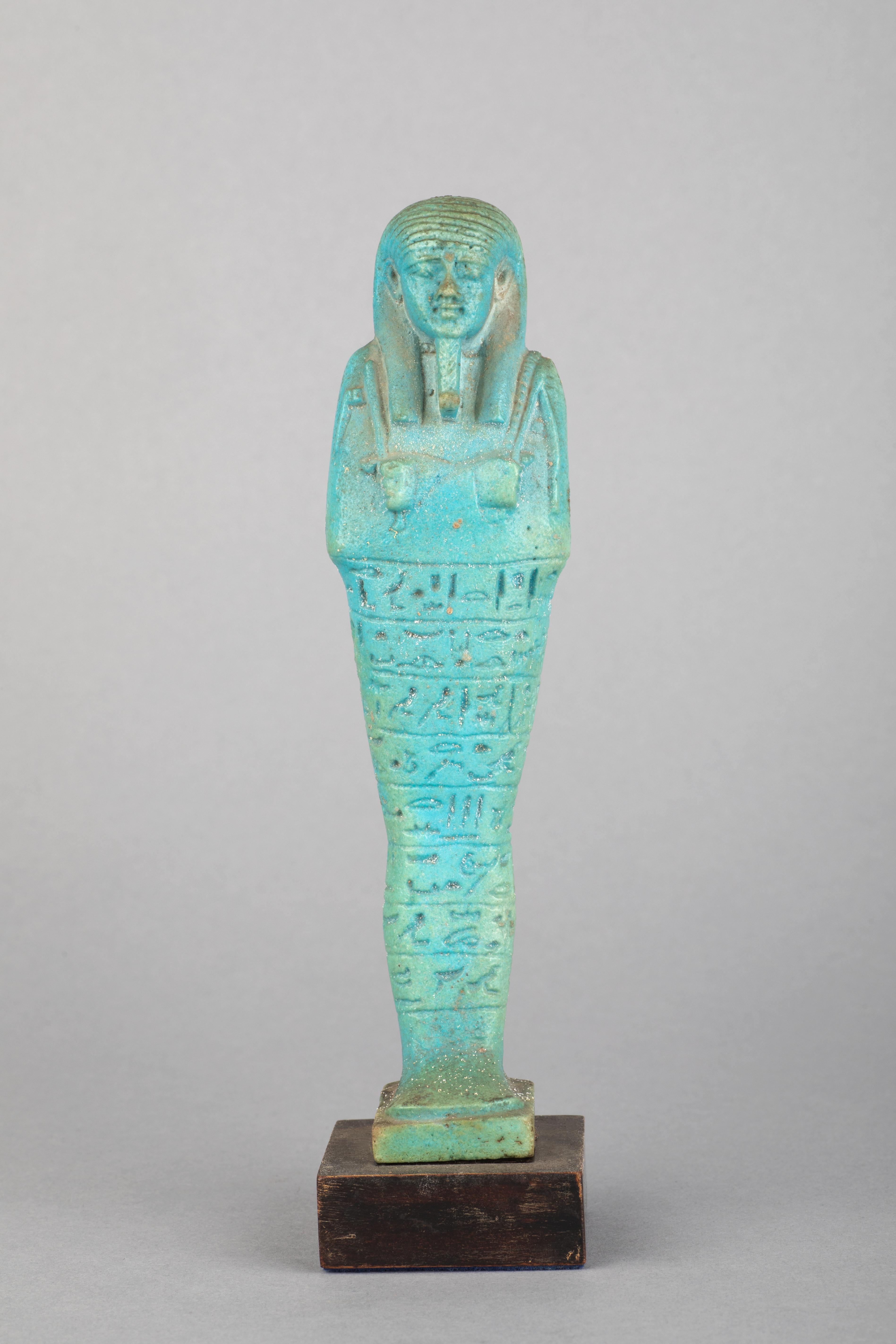
Ushabti inscribed with eight hieroglyphic lines which identify the deceased as "Psamétik, whom Sebarekhyt gave birth to" and which presents chapter 6 of the Book of the Dead indicating the function of this ushabti.

Chapter 6 of the Book of the Dead: Formula for making a Ushabti, chaouabti [oushebti] perform the work for someone in the empire of the dead. Words spoken by N. Let him say: "O this chaouabti of N., if I am called, if I am appointed to do all the labors that are usually done in the empire of the dead, well! The embarrassment will be inflicted on you there, as someone at his task. Commit yourself in my place at all times to cultivate the fields, to irrigate the banks, and to transport the sebbakh [fertile silt used as fertilizer] from the East to the West, "Here I am!" you will say”. From Barguet (P.), Le livre des Morts des anciens égyptiennes, Éditions du CERF, Mesnil-surl'Estrée, 1967, p. 42.
In ancient Egypt, the deceased, after a series of trials, could reach the world of the dead which is described in funerary texts as a fertile land where the deceased had everything he needed to continue the life he led on earth. In return, however, he had to do heavy chores to maintain the land. It was here that the Ushabti entered the scene accomplishing these tasks in place of the deceased.
The oushebtis, also called chabtis or chaouabtis, are mummy-looking statuettes representing a deceased or a living person. Produced from the Middle Kingdom (2045-1700 BC) and until the end of Egyptian Antiquity, they exercised the function of divine father. Of mummy appearance, she wears the tripartite wig and holds in her hands the tools necessary for the chores that fall to her: hoes and a rope holding a bag carried on her back (plowing implements).
Egypt.
Blue glazed Egyptian ceramic. Late XXVIth dynasty or early XXVIIth dynasty. circa 525 BC 18.7 cm.
Provenance : Acquired by Philippe Dodier on the Paris art market before 1970. Subsequently private collection of Maryse Dodier, Avranches. Acquired by the Laurent Dodier gallery from the latter on April 30, 2015. Label Galerie Dodier n° 115.
Reference:
• J.Yoyotte, G. Pozener, S.Sauneron, Dictionnaire de la civilisation égyptienne. Paris 1959.
• J. Yoyotte, la sépulture du père divin Psamétik fils de Sbarekhy, BSFE n°60, February, 1971, pages 17 to 27.
• L. and J. Aubert. The Egyptian statuettes Chaouaptis and Ouchebtis, Paris 1974, pages 230 and 235.
• O. Perdu, E. Rickal, la collection égyptienne du musée de Picardie, Paris 1994, page 91 n°cat. 155.
• Musée Borély, Marseille: four ouchebtis.
• Museum of Grenoble Inv.: MG 3574, Brought back from Egypt in 1842 by Louis de Saint-Ferriol.
Masque Okoyi qui évoque l'âme d'une jeune fille - utilisé lors des cérémonies de deuil.
Le blanc est, dans les croyances gabonaises, la couleur de la réincarnation. Ainsi, les premiers occidentaux arrivés dans ces régions furent-ils pris pour des revenants. Le danseur caché par un ample costume était souvent monté sur des échasses.
Ce masque porte les scarifications ornementales en forme d'écailles formées de neuf points disposés en losange sur le front et en carré sur les tempes. Les sourcils arqués, les yeux évoqués par d'étroites fentes cernées de paupières bombées, le nez court et la bouche légèrement ouverte, confèrent à ce visage une impression d'harmonie empreinte de sérénité. La haute coiffure rappelle les coiffures traditionnelles portées par les femmes de cette région au début du XXe siècle.
Gabon, Peuple Punu.
Bois léger peint de pigments blancs (kaolin), rouges (ngula) et noirs (noirci au feu). Fin XIXe / début XXe siècle. 28 cm.
Ex. collection : Ancienne collection privée, Paris.
Okoyi mask that evokes the soul of a young girl - used during mourning ceremonies.
White is, in Gabonese beliefs, the color of reincarnation. Also, the first Westerners to arrive in these regions were taken for reincarnations of the dead. The dancer hidden by a loose costume was often mounted on stilts.
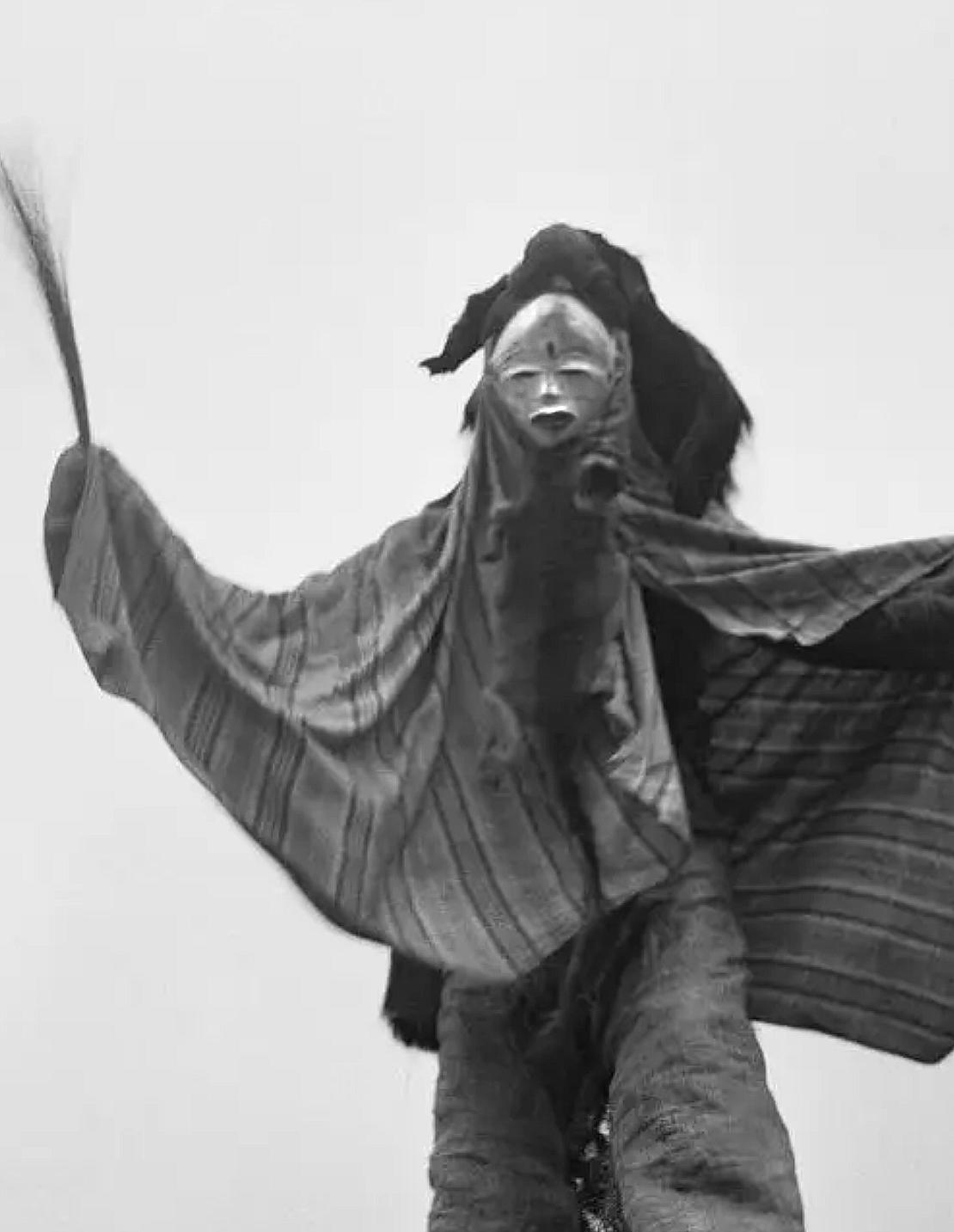
This mask bears the ornamental scarifications in the form of scales formed by nine points arranged in a diamond on the forehead and in a square on the temples. The arched eyebrows, the narrow-slit eyes with bulging eyelids, the short nose and the slightly open mouth, give this face an impression of harmony imbued with serenity. The high mounted hairstyle is reminiscent of the traditional hairstyles worn by the women of this region in the early twentieth century.
Gabon, Punu people. ight wood painted with white (kaolin), red (ngula) and black (fire-blackened) pigments. Late 19th/ early 20th century. L28 cm.
Provenance : Former private collection, Paris.
Présenté par/Presented by Laurent Dodier
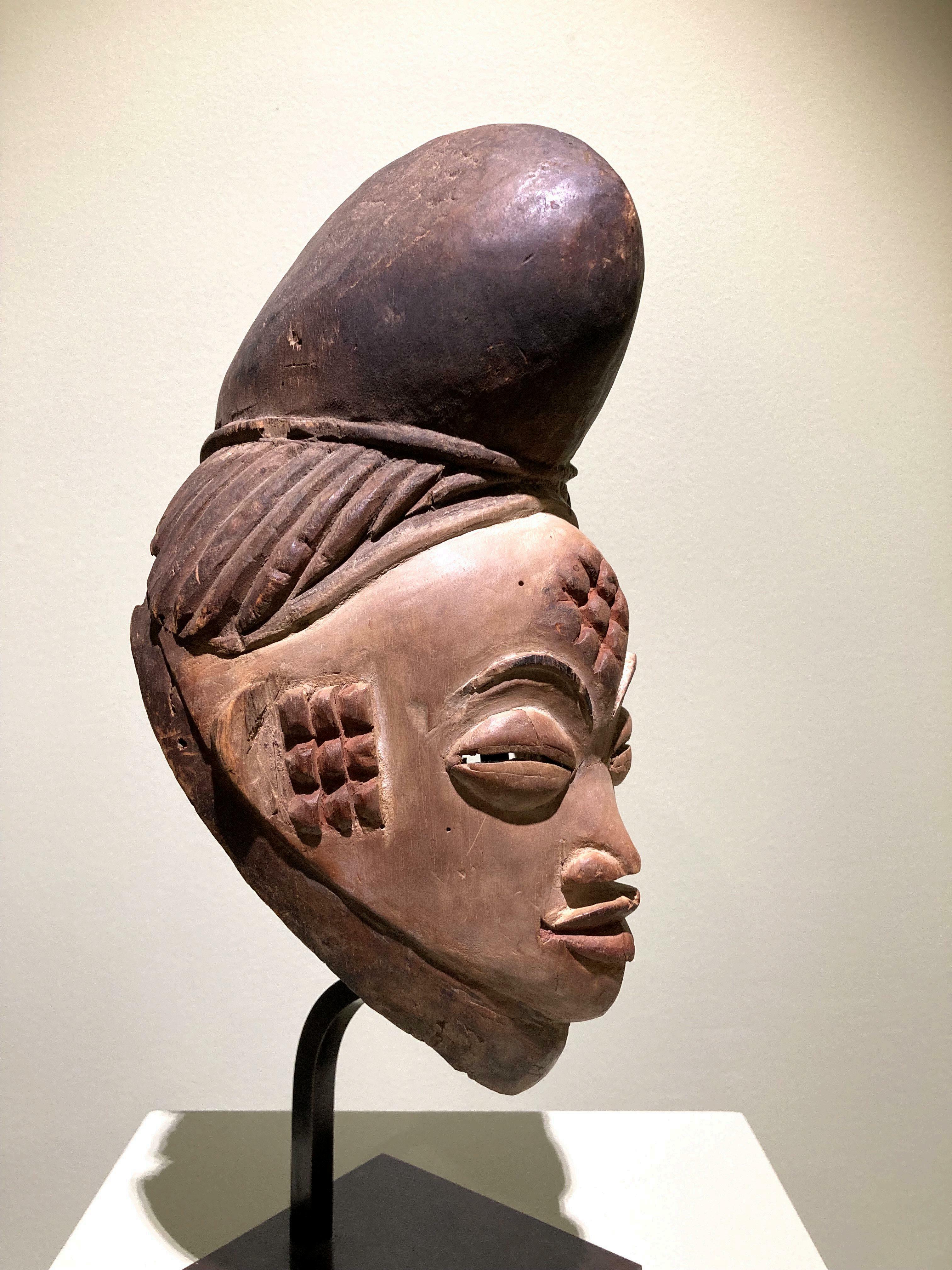

Masque de coureur Gunye Ge qui se caractérise par un front légèrement bombé, des yeux parfaitement ronds et une bouche avancée aux lèvres saillantes.
Des trous d’attache ceignent l’ensemble du visage. Lors des concours de courses organisés durant les saisons sèches, le danseur masqué devait attraper un coureur non masqué afin de garder son masque. S’il n’y parvenait pas, d’autres participants tentaient leur chance. Celui qui remportait le plus de victoires était proclamé champion. Mais au-delà du caractère ludique, et à l’époque des guerres tribales, de telles compétitions permettaient aux anciens de juger des qualités guerrières des concurrents.
République de la cote d’ivoire, pays Dan. Bois à patine noire brillante. XXe siècle.
24,2 cm.
Ex. collection : Ancienne collection privée française.
A Gunye Ge runner's mask which is characterized by a slightly bulging forehead, perfectly round eyes and an advanced mouth with protruding lips. Attachment holes surround the entire face.
During running competitions held during dry seasons, the masked dancer had to catch an unmasked runner in order to keep his mask on. If he did not succeed, other participants tried their luck. The one who won the most victories was proclaimed champion. But beyond the playful character, and at the time of tribal wars, such competitions allowed the ancients to judge the warrior qualities of the competitors.
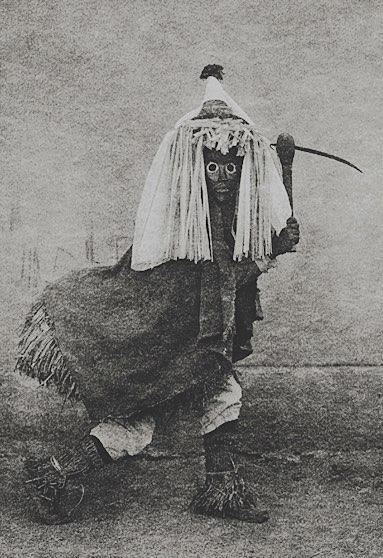
Republic of Ivory Coast, country Dan. Wood with glossy black patina. XXth century.
24.2 cm.
Provenance : Former French private collection.
Présenté par/Presented by Laurent Dodier



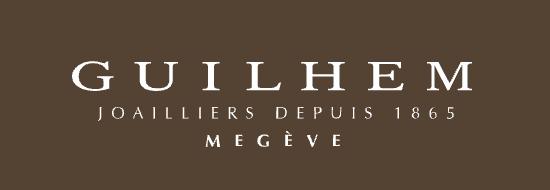

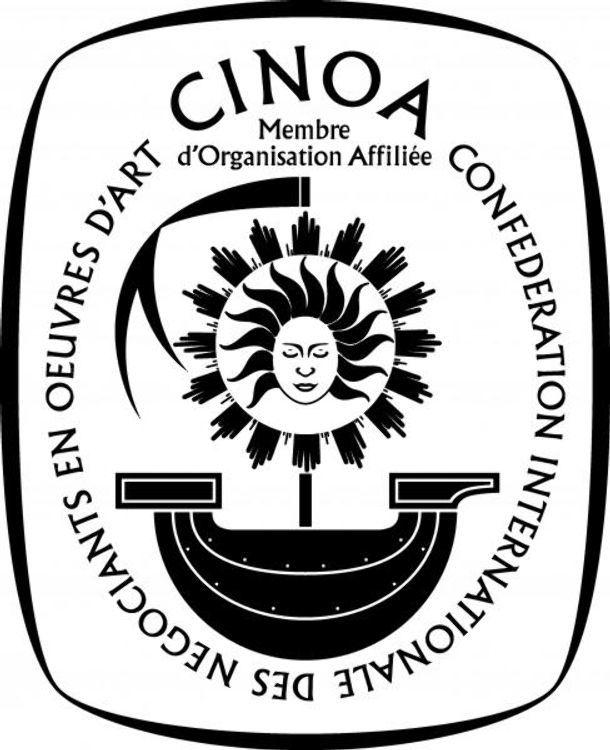
Maria & Philippe Guilhem, Caroline & Georges ( ) Jolles, Transports Philippe Delmas,
et bien sur un très grand merci à / and especially a big thank you to Gallery Director
Gisele Bertin, notre apprenti / our apprentice Mael Revaillot et nos stagières / and to our dedicated interns Anna Tinbergen and Gwendoline Arth.
Comité Scientifique André Breton
Photographie/Photography : Michel Gurfinkel, Paris; Laurent Guizard, Rennes; Galerie Meyer, Paris
Tous les efforts ont été faits pour assurer une procédure correcte en matière de droit d’auteur. Si vous estimez que vos droits d’auteur n’ont pas été correctement revendiqués, veuillez contacter Galerie Meyer - Oceanic Art, Paris.
Mise en page : Galerie Meyer - Art, Paris. La reproduction ou la publication, sous quelque forme ou format que ce soit, en tout ou en partie, des éléments, images, photos, œuvres d’art et textes contenus dans cette publication est interdite sans autorisation écrite formelle.
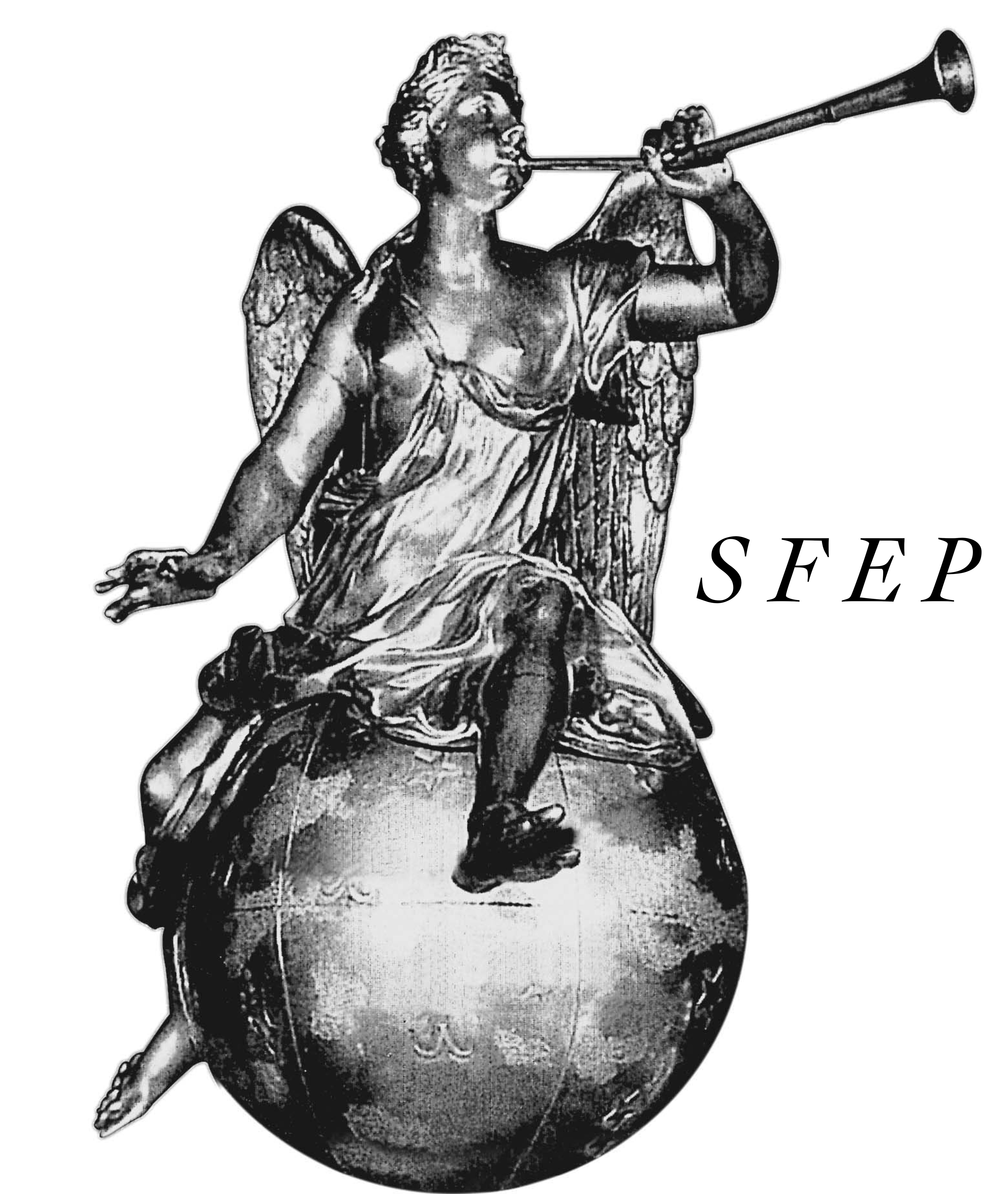

Ce catalogue est publié en format numérique et consultable gratuitement en permanence sur WWW.ISSUU.COM et WWW.MEYEROCEANIC.ART et sur WWW.LAURENTDODIER.COM
Every effort has been made to ensure correct copyright procedure. In the event you feel that your copyright has not been correctly asserted please contact Galerie Meyer - Oceanic Art, Paris.

Layout and artwork : Galerie Meyer - Oceanic Art, Paris. Reproduction or publication in any form or format, either whole or partial, of the items, images, photos, works of art and texts contained in this publication is prohibited without formal written approval.
This catalogue is published in digital format and permanently available for free consultation on WWW.ISSUU.COM on WWW.MEYEROCEANIC.ART and on WWW.LAURENTDODIER.COM

